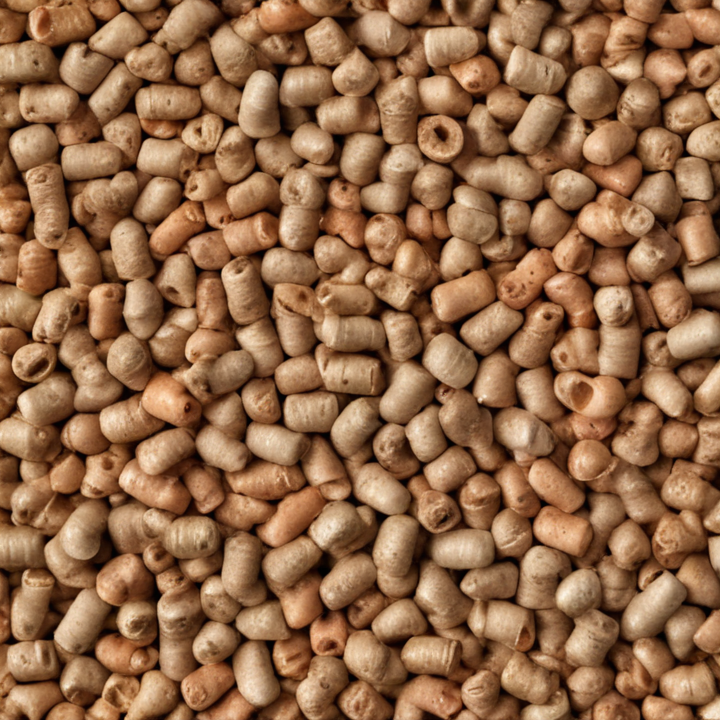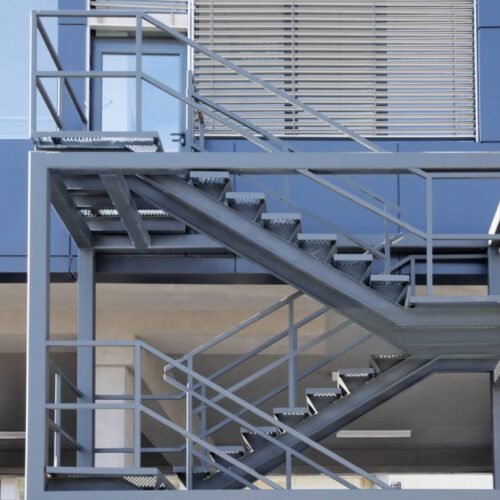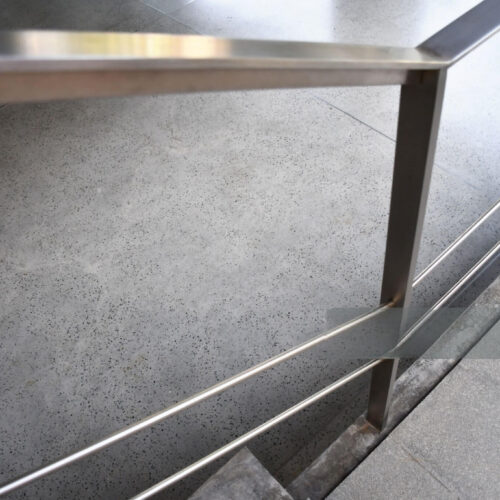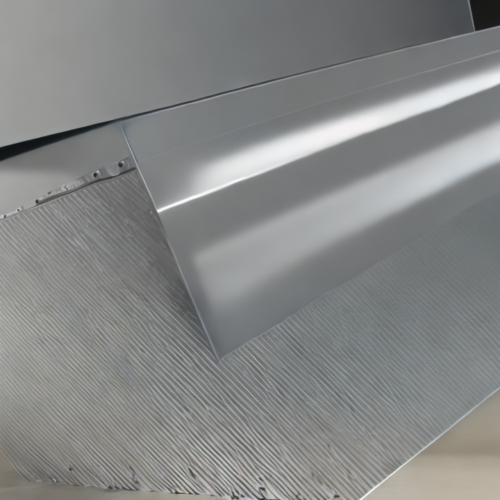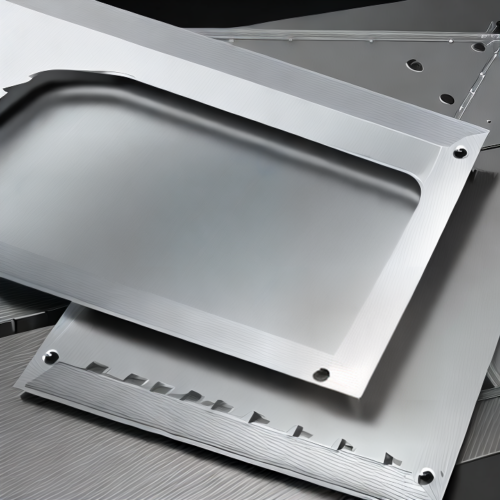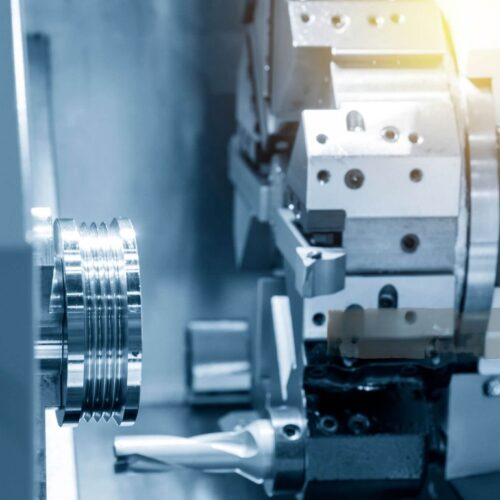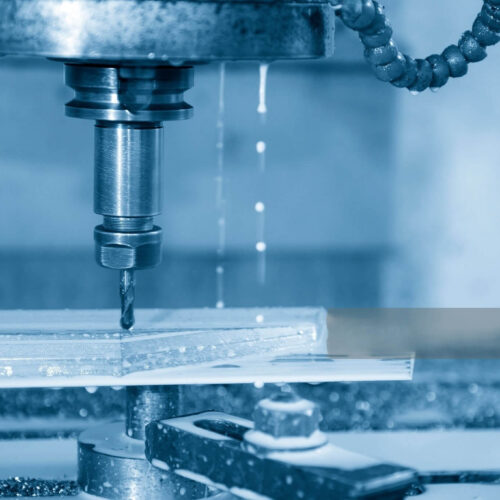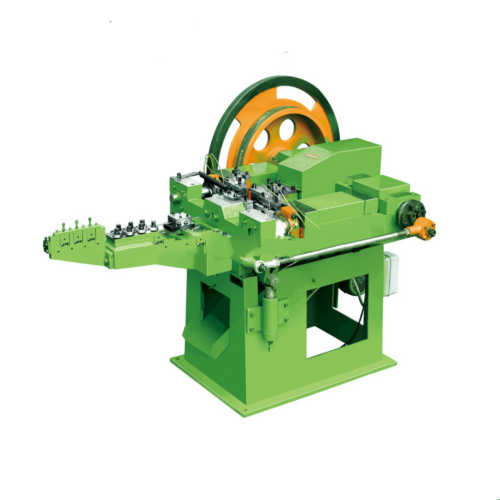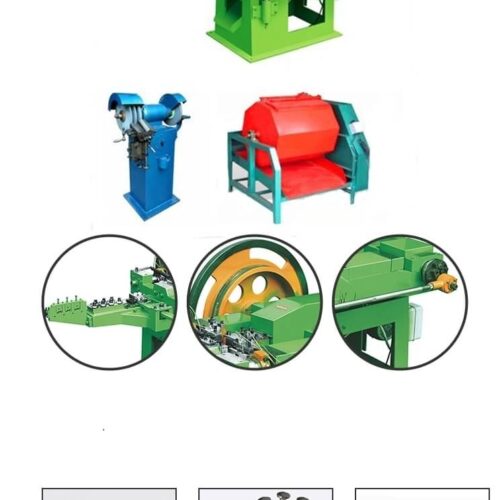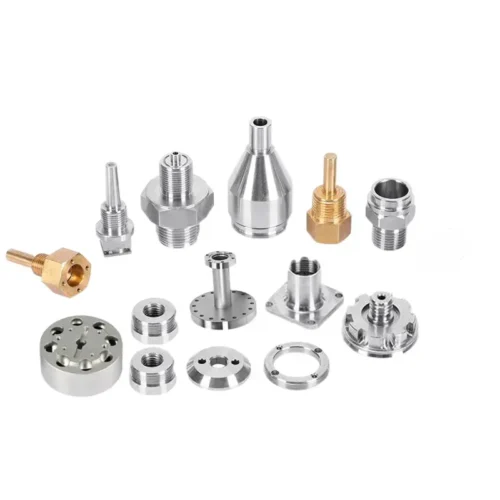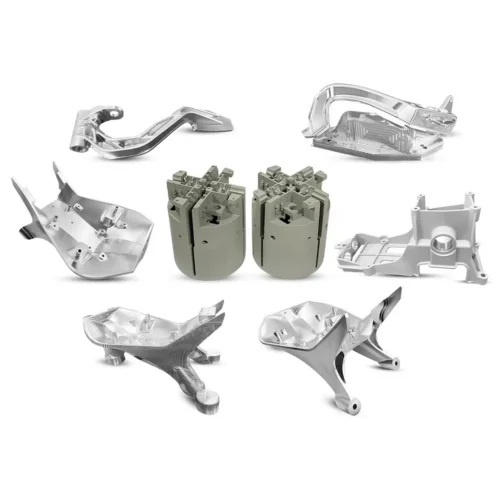wood pellets Safety Certifications
Wood pellets used for fuel must adhere to various safety certifications to ensure quality, efficiency, and environmental sustainability. Here are key certifications:
1. ENplus: The ENplus certification is a prominent European standard ensuring wood pellets meet stringent quality and sustainability criteria. It covers the entire supply chain, from production to delivery, ensuring low moisture content, minimal ash, and high energy output.
2. DINplus: This German certification guarantees high-quality wood pellets. Similar to ENplus, DINplus standards focus on the mechanical durability, ash content, moisture levels, and calorific value of the pellets. It also addresses aspects of production, ensuring environmentally friendly and sustainable practices.
3. Pinnacle: Pinnacle standards are prevalent in North America. They emphasize low moisture content, high energy output, and reduced emissions. These standards ensure pellets are produced from sustainably managed forests.
4. CANplus: This certification is specific to Canada and aligns closely with ENplus standards. It ensures high-quality pellets that meet strict criteria for moisture content, ash content, and energy output, promoting sustainability and efficiency.
5. SBP (Sustainable Biomass Program): The SBP certification focuses on ensuring the sustainability of biomass production. It includes criteria for greenhouse gas emissions, sustainable forest management, and chain of custody from forest to end-user.
6. PELLET Fuels Institute (PFI) Standard: The PFI standard in the United States ensures wood pellets meet specific quality metrics, including density, durability, moisture content, and ash content. It promotes sustainable sourcing and production practices.
These certifications ensure wood pellets are produced sustainably, with high energy efficiency and low environmental impact, making them safe and reliable for consumers and businesses.
List Reference Technical Parameters of "wood pellets"
Wood Pellets: Reference Technical Parameters
1. Diameter:
Wood pellets typically have a diameter of 6mm to 8mm, though sizes can range from 4mm to 10mm.
2. Length:
The length of wood pellets varies between 10mm and 30mm, ideally not exceeding four times the diameter.
3. Moisture Content:
The moisture content of wood pellets is crucial for efficient combustion, typically ranging from 8% to 10%, but generally not exceeding 10%.
4. Ash Content:
Low ash content is preferred for cleaner burning and less maintenance. Good quality pellets have ash content below 1%, usually around 0.5% to 0.7%.
5. Bulk Density:
Bulk density affects transportation and storage efficiency. Standard values range between 600 kg/m³ and 750 kg/m³.
6. Calorific Value:
Wood pellets have a high energy density, with calorific values ranging from 16.5 MJ/kg to 19 MJ/kg (4.6 kWh/kg to 5.3 kWh/kg).
7. Durability:
Pellet durability is measured by the ability to resist breakage and fines generation. High-quality pellets should have durability above 95%.
8. Fines Content:
The fines content (particles smaller than 3.15mm) should be minimal, typically below 1%.
9. Additives:
Additives are sometimes used to enhance durability and combustion efficiency. However, high-quality pellets should contain minimal or no chemical additives.
10. Chlorine Content:
For environmental and corrosion concerns, chlorine content should be low, ideally below 0.03%.
11. Sulfur Content:
Low sulfur content, typically below 0.05%, is crucial to reduce SO2 emissions during combustion.
12. Nitrogen Content:
Nitrogen content should also be low, ideally below 0.5%, to reduce NOx emissions.
13. Volatile Matter:
High volatile matter content (70%-80%) ensures efficient and complete combustion.
These parameters ensure wood pellets are efficient, environmentally friendly, and suitable for residential heating and industrial power generation.
List Product features of "wood pellets"
Wood pellets are a type of biomass fuel made from compressed organic matter, primarily wood. Here are the key features:
1. High Energy Density: Wood pellets have a high energy content, typically around 16-18 MJ/kg, which makes them efficient for heating purposes.
2. Uniform Size and Shape: They are cylindrical and uniform in size, usually about 6-8 mm in diameter and 10-20 mm in length, ensuring consistent handling and combustion.
3. Low Moisture Content: Typically containing 6-10% moisture, which enhances combustion efficiency and reduces emissions.
4. Renewable Resource: Made from renewable materials like sawdust and wood shavings, contributing to sustainable energy solutions.
5. Low Ash Content: Producing minimal ash upon burning (about 0.5-2%), which reduces maintenance in pellet stoves and boilers.
6. Environmentally Friendly: Emit lower levels of carbon dioxide compared to fossil fuels, contributing to reduced greenhouse gas emissions.
7. Easy Storage and Handling: Their compact form allows for easy storage and transportation, often stored in bags or bulk.
8. Consistent Quality: Manufactured to strict industry standards, ensuring reliable performance in heating systems.
9. Cost-Effective: Typically more affordable than conventional fossil fuels, especially in regions with abundant wood resources.
10. Low Emissions: Produce fewer pollutants like sulfur dioxide and nitrogen oxides compared to coal and oil, making them a cleaner burning option.
11. Versatility: Suitable for use in various heating appliances, including pellet stoves, boilers, and large-scale heating systems.
12. Availability: Widely available in many regions, supporting energy security and local economies.
Wood pellets offer a sustainable, efficient, and environmentally friendly alternative for heating and energy production, supporting the transition to renewable energy sources.
List Various Types of "wood pellets"
Wood pellets are a type of biomass fuel commonly used for heating and energy production. They are made from compacted sawdust, wood shavings, and other wood waste. Various types of wood pellets cater to different needs and applications:
1. Premium Wood Pellets:
- Made from high-quality, clean wood such as hardwood or softwood.
- Low ash content (less than 1%) and minimal moisture.
- Ideal for residential heating in pellet stoves and boilers.
2. Standard Wood Pellets:
- Comprised of mixed wood types, including hardwood and softwood.
- Slightly higher ash content (1-3%) compared to premium pellets.
- Suitable for both residential and commercial heating applications.
3. Industrial Wood Pellets:
- Manufactured for large-scale industrial heating and energy production.
- Can have a higher ash content (3-5%) and may include bark and other residues.
- Used in power plants and large heating systems.
4. Hardwood Pellets:
- Made exclusively from hardwood species like oak, maple, and cherry.
- Denser and have a longer burn time.
- Preferred for residential heating due to their higher energy content.
5. Softwood Pellets:
- Produced from softwood species such as pine, spruce, and fir.
- Typically have a higher heat output and less ash.
- Popular for their high efficiency in both residential and industrial settings.
6. Blended Wood Pellets:
- A mix of hardwood and softwood materials.
- Designed to balance the benefits of both types, offering moderate heat output and burn time.
- Versatile for various heating applications.
7. Specialty Wood Pellets:
- Enhanced with additives like binders, lubricants, or flavorings (for barbecue pellets).
- Used in specialized applications, such as smoking meats or specific heating requirements.
8. BBQ or Smoking Pellets:
- Made from food-grade hardwoods like hickory, mesquite, or applewood.
- Infuse food with specific flavors during grilling or smoking.
- Not suitable for heating purposes.
Each type of wood pellet serves distinct purposes based on its composition, quality, and intended use, providing flexibility for various heating and energy needs.
List Application of "wood pellets"
Wood pellets are a form of biomass fuel made from compressed sawdust and wood shavings. They have gained popularity due to their renewable nature and low environmental impact. Here are the primary applications of wood pellets:
1. Heating: Wood pellets are widely used for heating in residential, commercial, and industrial settings. Pellet stoves and boilers efficiently burn pellets to provide space heating and hot water. They offer a cleaner and more sustainable alternative to traditional fossil fuels.
2. Power Generation: Wood pellets are utilized in power plants to produce electricity. They can be co-fired with coal in existing coal plants, reducing greenhouse gas emissions and reliance on non-renewable energy sources. Dedicated biomass power plants also use wood pellets as their primary fuel source.
3. Industrial Use: Various industries, such as manufacturing and agriculture, use wood pellets as a fuel source for process heating. They are especially beneficial in industries requiring consistent, high-temperature heat, such as food processing and chemical production.
4. Animal Bedding: Wood pellets are used as bedding for livestock, particularly horses. They are highly absorbent, control odors, and provide a comfortable environment for animals. Pellets break down into a soft, fluffy material when exposed to moisture, enhancing their effectiveness.
5. Cooking: In some regions, wood pellets are used as a fuel for outdoor grills and smokers. They provide a consistent, controllable heat source and impart a unique smoky flavor to food. Pellet grills are popular among barbecue enthusiasts for their convenience and flavor profile.
6. Absorbents: Wood pellets are used as absorbents for oil spills and chemical leaks. Their high absorbency and biodegradability make them an environmentally friendly option for managing spills.
7. Gardening and Landscaping: Wood pellets can be used as mulch in gardens and landscapes. They help retain soil moisture, suppress weeds, and improve soil structure as they decompose.
These applications highlight the versatility and environmental benefits of wood pellets, making them a valuable resource in various sectors.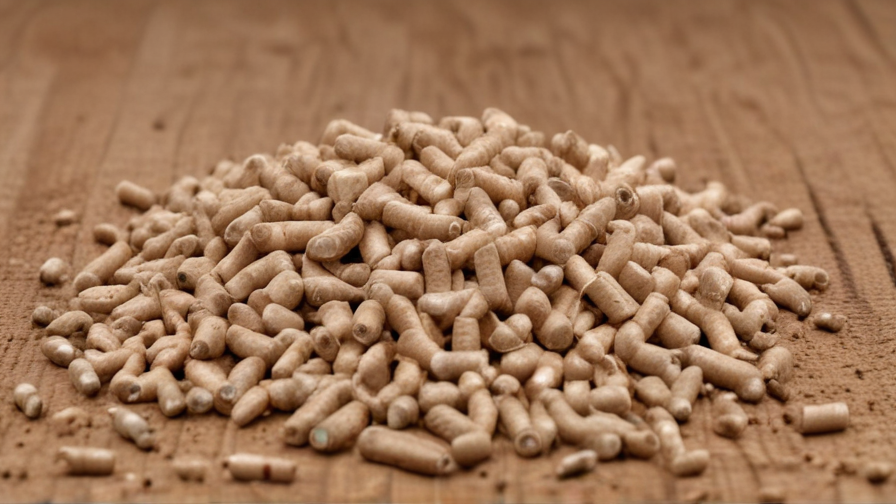
List Buyer Types of "wood pellets"
Buyer Types of Wood Pellets
1. Residential Consumers:
- Homeowners: Individuals using wood pellets for heating their homes via pellet stoves or boilers.
- Small Business Owners: Owners of small shops or offices looking for an alternative heating source.
2. Commercial Buyers:
- Businesses and Institutions: Companies and institutions (e.g., schools, hospitals) using wood pellets for large-scale heating or energy production.
- Retailers and Distributors: Entities purchasing wood pellets in bulk to sell them to end consumers.
3. Industrial Users:
- Manufacturing Plants: Facilities using wood pellets as a fuel source for industrial heating processes.
- Power Plants: Large-scale energy producers using wood pellets as a renewable energy source for electricity generation.
4. Agricultural Sector:
- Farmers: Those using wood pellets as bedding material for livestock or as a fuel source for agricultural operations.
- Greenhouses: Operations using wood pellets for heating to maintain optimal growing conditions.
5. Public Sector and Municipalities:
- Government Buildings: Public institutions integrating wood pellets into their energy mix for heating and energy efficiency.
- Municipal Heating Systems: Community-based heating systems using wood pellets to provide heat to multiple buildings or residential areas.
6. Export Markets:
- International Buyers: Foreign companies and governments purchasing wood pellets for various uses, especially in countries focusing on renewable energy.
7. Specialized Niche Markets:
- Animal Bedding Suppliers: Businesses specializing in providing wood pellets for animal bedding.
- Barbecue Enthusiasts: Consumers purchasing wood pellets for use in pellet grills and smokers.
Conclusion
The market for wood pellets is diverse, spanning residential consumers, commercial enterprises, industrial users, agricultural operations, public sector institutions, export markets, and niche markets. This diversity underscores the versatility and broad appeal of wood pellets as an eco-friendly and efficient energy source.
List "wood pellets" Project Types for Different Industries
Wood pellets have gained popularity as a sustainable and efficient fuel source across various industries. Here are some key project types involving wood pellets across different sectors:
1. Energy Generation:
- Biomass Power Plants: Conversion of coal-fired plants to biomass or construction of new biomass plants using wood pellets.
- District Heating Systems: Installation of centralized heating systems powered by wood pellets for residential and commercial districts.
2. Industrial Manufacturing:
- Process Heat and Steam Generation: Utilization of wood pellet boilers to provide heat and steam for manufacturing processes in sectors like food processing, textiles, and chemicals.
- Cement and Lime Production: Replacement of fossil fuels with wood pellets for kiln operations in cement and lime manufacturing.
3. Agriculture:
- Greenhouse Heating: Use of wood pellet heating systems to maintain optimal temperatures in greenhouses.
- Livestock Heating: Installation of wood pellet-based heating systems in animal rearing facilities to provide efficient and stable heating.
4. Residential and Commercial Heating:
- Home Heating Systems: Deployment of wood pellet stoves and boilers for household heating.
- Commercial Building Heating: Installation of wood pellet heating systems in schools, hospitals, and office buildings to provide a renewable heating solution.
5. Transportation and Logistics:
- Pellet Supply Chain Infrastructure: Development of logistics and storage solutions for the efficient transportation and distribution of wood pellets from production sites to end-users.
6. Environmental and Waste Management:
- Waste to Energy Projects: Conversion of agricultural and forestry residues into wood pellets for energy generation.
- Carbon Offset Projects: Initiatives involving wood pellet production and usage aimed at reducing carbon emissions and achieving sustainability goals.
7. Construction and Building Materials:
- Sustainable Construction Projects: Use of wood pellets in the production of bio-based building materials and insulation products.
Each of these projects leverages the benefits of wood pellets, including reduced greenhouse gas emissions, renewable energy sourcing, and improved energy efficiency, contributing to sustainability and economic growth in various industries.
wood pellets Accessories Upgrades and Custom Manufacturing Options
Wood pellet accessories, upgrades, and custom manufacturing options significantly enhance the functionality and efficiency of pellet stoves and boilers. These additions can tailor the experience to specific needs, ensuring optimal performance and user satisfaction.
Accessories
1. Pellet Storage Solutions:
- Bins and Hoppers: Increase storage capacity to reduce refilling frequency.
- Vacuum Systems: Automatically transport pellets from storage to the stove, ensuring a steady supply.
2. Burn Pots and Grates:
- Upgraded burn pots and grates can improve combustion efficiency, reduce maintenance, and extend the lifespan of the stove.
3. Thermostats and Controllers:
- Smart thermostats and advanced controllers allow for precise temperature regulation and remote operation via smartphones.
4. Ash Vacuums:
- Specialized vacuums designed for pellet stoves make cleaning easier and safer by handling hot ash.
5. Stove Fans and Blowers:
- Enhance heat distribution by circulating warm air more effectively throughout the space.
Upgrades
1. Efficiency Kits:
- Kits that improve combustion and heat exchange efficiency, resulting in lower fuel consumption and higher heat output.
2. Exhaust Systems:
- Upgraded exhaust systems can improve draft and reduce creosote buildup, enhancing safety and performance.
3. Auto-ignition Systems:
- Automatic ignition upgrades provide convenience by eliminating the need for manual lighting.
Custom Manufacturing Options
1. Tailored Pellet Sizes:
- Custom pellet sizes and compositions can be manufactured to meet specific stove requirements or user preferences.
2. Specialized Burners:
- Custom-designed burners for specific applications, such as high-efficiency or low-emission models.
3. Aesthetic Customization:
- Custom finishes, colors, and designs for pellet stoves to match home décor and personal style.
4. Commercial and Industrial Solutions:
- Large-scale custom solutions for commercial or industrial applications, including higher capacity stoves and boilers, and integrated systems for heating and power generation.
These accessories, upgrades, and custom manufacturing options provide flexibility and enhance the overall experience of using wood pellets for heating, ensuring users get the most out of their systems.
List Quality Control and The Manufacturing Process of "wood pellets"
Quality Control in Wood Pellet Manufacturing
Quality control in wood pellet manufacturing ensures product consistency, safety, and performance. It involves several critical steps:
1. Raw Material Inspection: Before processing, raw materials (wood chips, sawdust) are inspected for moisture content, size, and impurities. Only high-quality, dry, and clean raw materials are used.
2. Moisture Content Monitoring: Throughout production, the moisture content is carefully monitored and maintained between 8-12%. This ensures optimal pellet density and prevents disintegration.
3. Size Reduction and Screening: Wood materials are chipped and ground into uniform particle sizes. Screening removes oversized and undersized particles, ensuring consistency.
4. Pellet Density and Durability Tests: Regular sampling and testing of pellet density and durability are conducted. High-density pellets burn more efficiently, while durable pellets resist breaking during handling and transport.
5. Temperature Control: During pelletizing, temperature control prevents overheating, which can degrade pellet quality.
6. Ash Content Analysis: Low ash content is crucial for high-quality pellets. Regular testing ensures minimal ash residue, which is important for both efficiency and environmental compliance.
7. Final Product Inspection: Finished pellets undergo final inspection for size, shape, and consistency. Any deviations are corrected before packaging.
Manufacturing Process of Wood Pellets
1. Raw Material Collection: Wood waste materials like sawdust, wood chips, and agricultural residues are collected.
2. Drying: Raw materials are dried to reduce moisture content to the optimal level (8-12%).
3. Grinding: Dried materials are ground into fine particles to ensure uniform size and facilitate efficient pelletizing.
4. Conditioning: Ground materials are conditioned with steam to soften the fibers, enhancing pellet binding.
5. Pelletizing: Conditioned materials are fed into a pellet mill, where rollers and die compress them into dense, cylindrical pellets.
6. Cooling: Hot pellets are cooled to harden them and reduce moisture content.
7. Screening: Cooled pellets are screened to remove fines (dust and small particles).
8. Packaging: Finished pellets are bagged or stored in bulk for distribution.
This comprehensive approach ensures the production of high-quality wood pellets, meeting industry standards and customer expectations.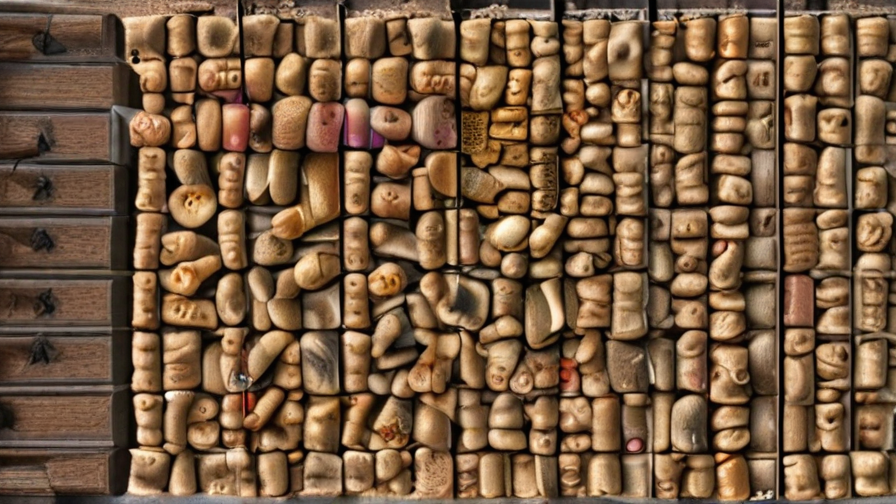
How to use "wood pellets"
Wood pellets are a versatile and eco-friendly fuel source, commonly used for heating and cooking. Here’s how to use them:
Heating
1. Pellet Stoves: Wood pellets are primarily used in pellet stoves for home heating.
- Loading: Fill the hopper with wood pellets.
- Ignition: Use the stove's ignition system to start a fire.
- Maintenance: Regularly clean the burn pot and ash pan to ensure efficient combustion.
2. Pellet Boilers: These are similar to pellet stoves but are used for central heating.
- Integration: Connect the pellet boiler to your home’s heating system.
- Operation: Load the pellets into the boiler’s hopper. The automated system will feed the pellets into the combustion chamber as needed.
Cooking
1. Pellet Grills: Wood pellets can be used in pellet grills for barbecuing and smoking food.
- Loading: Fill the grill’s hopper with wood pellets.
- Temperature Control: Use the grill’s control panel to set the desired cooking temperature.
- Cooking: The grill will automatically feed pellets to maintain the set temperature, providing a consistent heat source for cooking.
General Tips
- Storage: Keep wood pellets in a dry place to prevent moisture absorption, which can affect their efficiency.
- Types: Choose the right type of wood pellet for your needs (e.g., hardwood for longer burning, softwood for higher heat output).
- Safety: Ensure proper ventilation when using pellet stoves and boilers to avoid carbon monoxide buildup.
By following these guidelines, you can efficiently use wood pellets for heating and cooking, enjoying a sustainable and cost-effective fuel source.
"wood pellets" Comparative Analysis
Wood pellets are a popular form of biomass energy derived from compressed sawdust and other wood waste. Here's a comparative analysis of wood pellets based on their environmental impact, economic viability, and energy efficiency.
Environmental Impact
1. Carbon Footprint: Wood pellets are considered carbon-neutral because the CO2 released during combustion is roughly equal to the CO2 absorbed by trees during growth. However, this balance can be affected by factors such as transportation emissions and forestry practices.
2. Sustainability: Sustainable sourcing is crucial. Certification schemes like the Forest Stewardship Council (FSC) ensure that wood pellets are produced from responsibly managed forests, reducing deforestation risks.
Economic Viability
1. Cost-Effectiveness: Wood pellets are generally cheaper than fossil fuels and offer a stable price due to the abundant availability of raw materials. The price can fluctuate based on demand, particularly in colder seasons.
2. Infrastructure and Accessibility: The initial investment in pellet stoves or boilers can be high, but operational costs are low. Accessibility varies globally, with more widespread use in Europe and North America.
Energy Efficiency
1. Energy Density: Wood pellets have a high energy density compared to other biomass fuels, making them efficient for heating and power generation. They typically provide 4.7-5.2 MWh per ton.
2. Combustion Efficiency: Modern pellet stoves and boilers achieve high combustion efficiency, often exceeding 85%, resulting in minimal waste and cleaner burning.
Comparative Summary
- Versus Fossil Fuels: Wood pellets are more environmentally friendly and can be more cost-effective over time, though they require an upfront investment in specialized equipment.
- Versus Other Biomass: Compared to raw wood or agricultural residues, wood pellets offer higher energy density and consistent quality, leading to better combustion efficiency and ease of handling.
In conclusion, wood pellets present a viable alternative to traditional fossil fuels and other biomass sources, particularly when sourced sustainably and used in efficient heating systems. Their benefits in terms of environmental impact, cost, and energy efficiency make them an attractive option for both residential and industrial energy needs.
"wood pellets" Warranty and Support
Warranty and Support for Wood Pellets
Warranty
Wood pellets typically come with a limited warranty that ensures they meet specific quality standards. The duration and terms of the warranty can vary by manufacturer, but generally, it covers:
1. Quality Assurance: Guarantee that the wood pellets are free from defects and meet specified industry standards, such as low moisture content and minimal ash production.
2. Performance: Assurance that the pellets will perform as expected in terms of heat output and burn efficiency.
The warranty may require proper storage and usage of the pellets, adherence to guidelines specified by the manufacturer, and proof of purchase.
Support
Manufacturers and suppliers usually offer customer support to assist with:
1. Product Information: Detailed guidance on pellet types, usage, and storage conditions.
2. Technical Assistance: Help with troubleshooting issues related to pellet performance or compatibility with stoves and boilers.
3. Installation and Maintenance: Advice on proper installation of pellet-burning equipment and routine maintenance to ensure optimal performance.
4. Replacement and Refunds: Procedures for claiming replacements or refunds in case of defective products under warranty. This typically involves contacting customer service, providing purchase details, and sometimes returning unused pellets.
Contact Options
Support is commonly accessible through multiple channels:
- Phone and Email: Direct contact with customer service representatives.
- Online Resources: FAQs, user manuals, and troubleshooting guides available on the manufacturer’s website.
- Local Distributors: Assistance through local dealers or distributors who can provide in-person support and service.
Conclusion
When purchasing wood pellets, it's essential to review the warranty terms and understand the support options available. This ensures that you can address any issues promptly and maintain the efficiency and longevity of your pellet-burning equipment.
List "wood pellets" FAQ
Wood Pellets FAQ
1. What are wood pellets?
Wood pellets are a type of biomass fuel made from compressed sawdust and wood shavings. They are cylindrical in shape and typically measure about 6-10mm in diameter and 10-30mm in length.
2. How are wood pellets made?
Wood pellets are produced by drying and grinding wood waste into a fine powder, which is then compressed under high pressure to form dense, small pellets. This process often uses no additional binders or chemicals.
3. What are the uses of wood pellets?
Wood pellets are primarily used for heating in pellet stoves, boilers, and furnaces. They are also used for power generation in biomass power plants.
4. Are wood pellets environmentally friendly?
Yes, wood pellets are considered a renewable and sustainable energy source. They produce lower greenhouse gas emissions compared to fossil fuels, as the carbon released during combustion is roughly equal to the carbon absorbed by the trees during their growth.
5. How efficient are wood pellets as a heating source?
Wood pellets have a high energy content, typically around 4.5 to 5 kWh per kilogram. Modern pellet stoves and boilers have efficiencies of over 80%, making them a highly efficient heating option.
6. How should wood pellets be stored?
Wood pellets should be stored in a dry, cool place to prevent moisture absorption, which can degrade their quality. Proper storage includes using sealed bags or containers and keeping them off the ground.
7. How long do wood pellets last?
If stored properly, wood pellets can last for several years. However, it is recommended to use them within six months to a year for optimal performance.
8. What is the cost of wood pellets?
The cost of wood pellets varies based on factors like location, supplier, and quality. On average, prices range from $200 to $300 per ton in the U.S.
9. Can wood pellets be used in any wood stove?
No, wood pellets require specialized pellet stoves or boilers designed to handle their specific combustion characteristics. Traditional wood stoves are not suitable for burning pellets without modifications.
10. Are there any health concerns with using wood pellets?
Properly handled and used, wood pellets are safe. However, it's essential to ensure good ventilation and regular maintenance of stoves and boilers to prevent potential issues like carbon monoxide buildup.
Top 10 FAQ with answer about wood pellets for Buyer Sourcing from China
Top 10 FAQs About Sourcing Wood Pellets from China
1. What are wood pellets?
Wood pellets are a type of biomass fuel made from compressed sawdust and wood shavings. They are used for heating, power generation, and as animal bedding.
2. Why source wood pellets from China?
China offers competitive pricing, a wide variety of suppliers, and the capability to meet large volume requirements due to its extensive manufacturing infrastructure.
3. What are the key quality standards for wood pellets?
Key standards include the European ENplus, US PFI, and the international ISO 17225-2, focusing on pellet size, moisture content, ash content, and calorific value.
4. How do I ensure the quality of wood pellets from China?
Request samples before placing a large order, check supplier certifications, and conduct third-party inspections during production and before shipment.
5. What is the typical moisture content of quality wood pellets?
Quality wood pellets should have a moisture content below 10% to ensure efficient burning and storage stability.
6. How are wood pellets typically packaged for export?
Wood pellets are usually packaged in 15-kg bags, 1-tonne big bags, or shipped in bulk containers, depending on buyer requirements.
7. What is the usual lead time for an order?
The lead time can vary from 2 to 6 weeks depending on the order size, production schedule, and shipping arrangements.
8. What are the common shipping methods for wood pellets?
Wood pellets are commonly shipped by sea in bulk carriers or containerized shipments, depending on the buyer's preference and logistical considerations.
9. What are the payment terms when sourcing from China?
Common payment terms include T/T (telegraphic transfer), L/C (letter of credit), or a combination of deposit and balance payments upon shipping.
10. How do I find reliable suppliers in China?
Use B2B platforms like Alibaba, attend trade shows like the China International Biomass Energy Conference & Exhibition, and consult with sourcing agents specializing in biomass products.
By considering these FAQs, buyers can make informed decisions when sourcing wood pellets from China.




